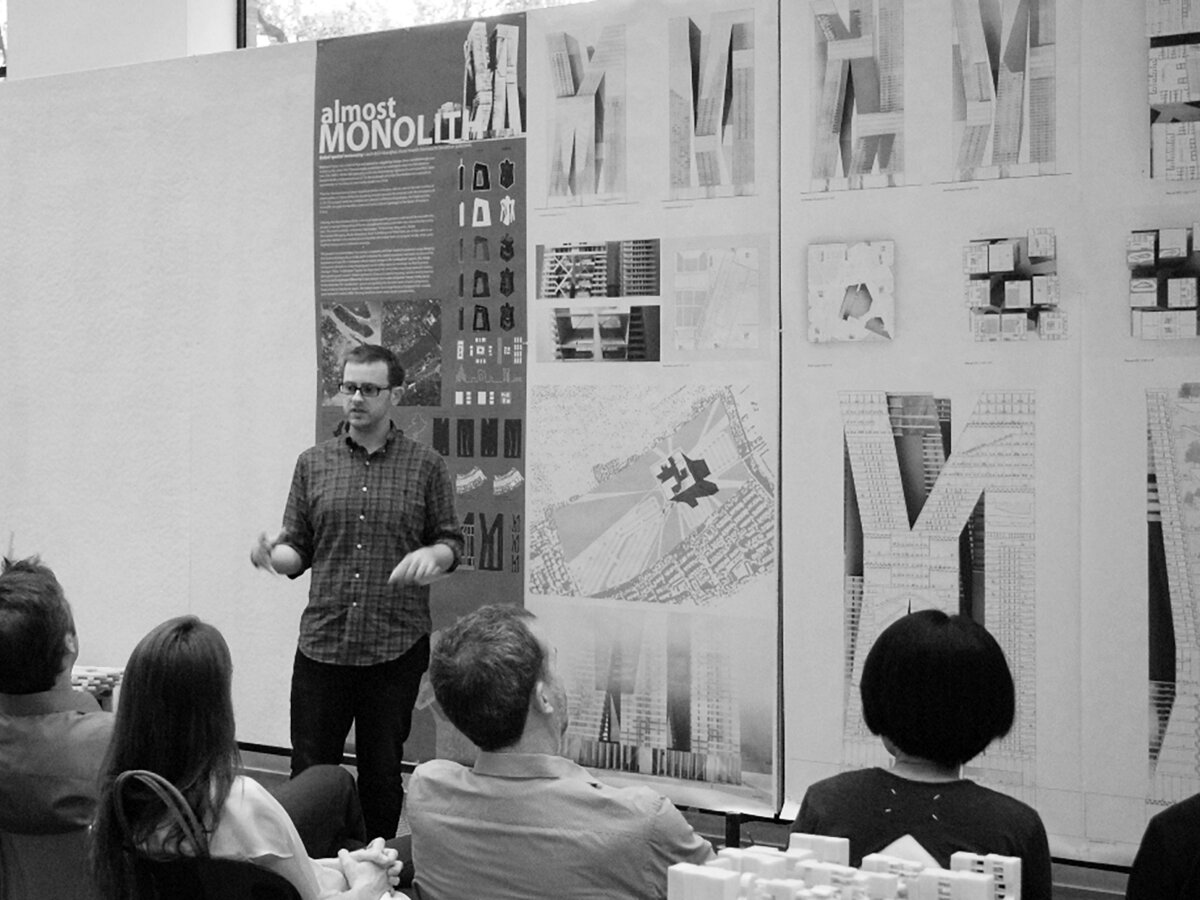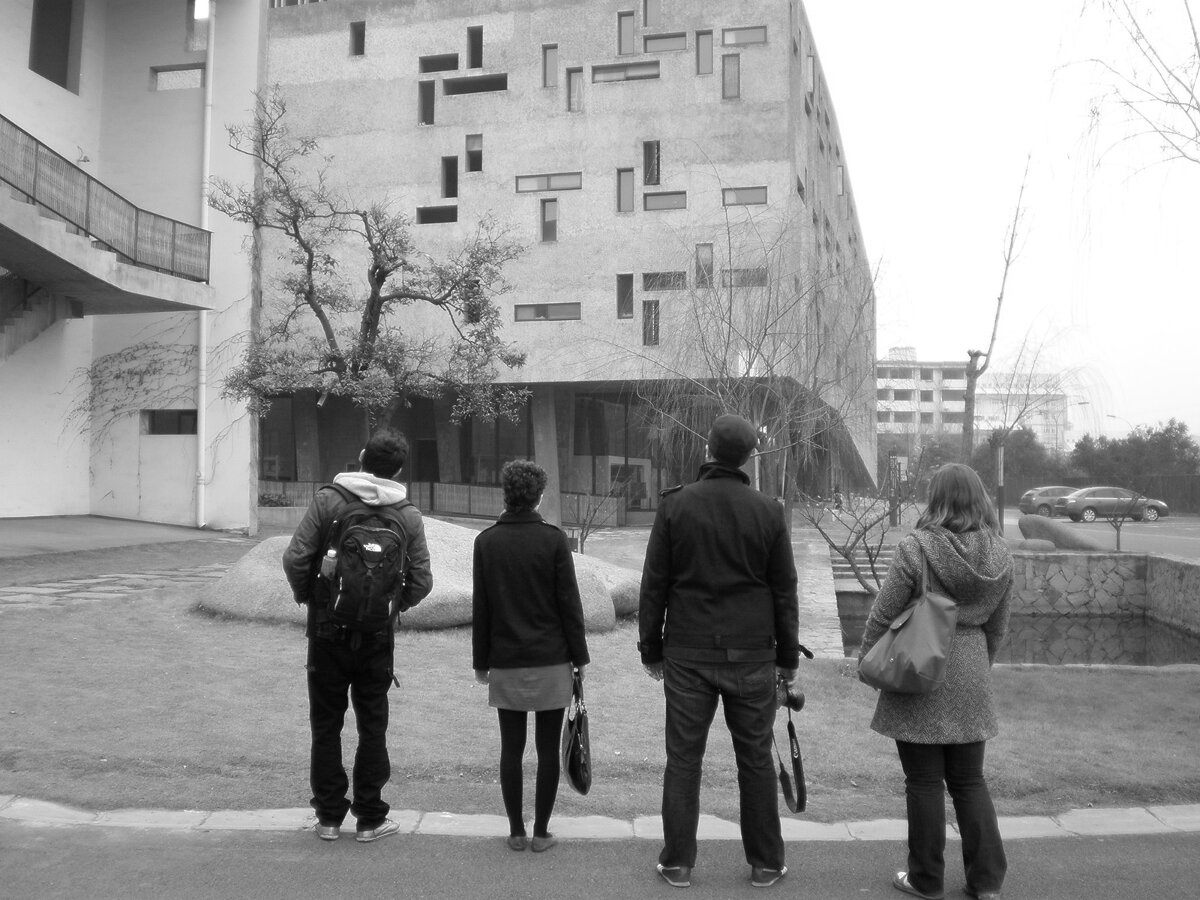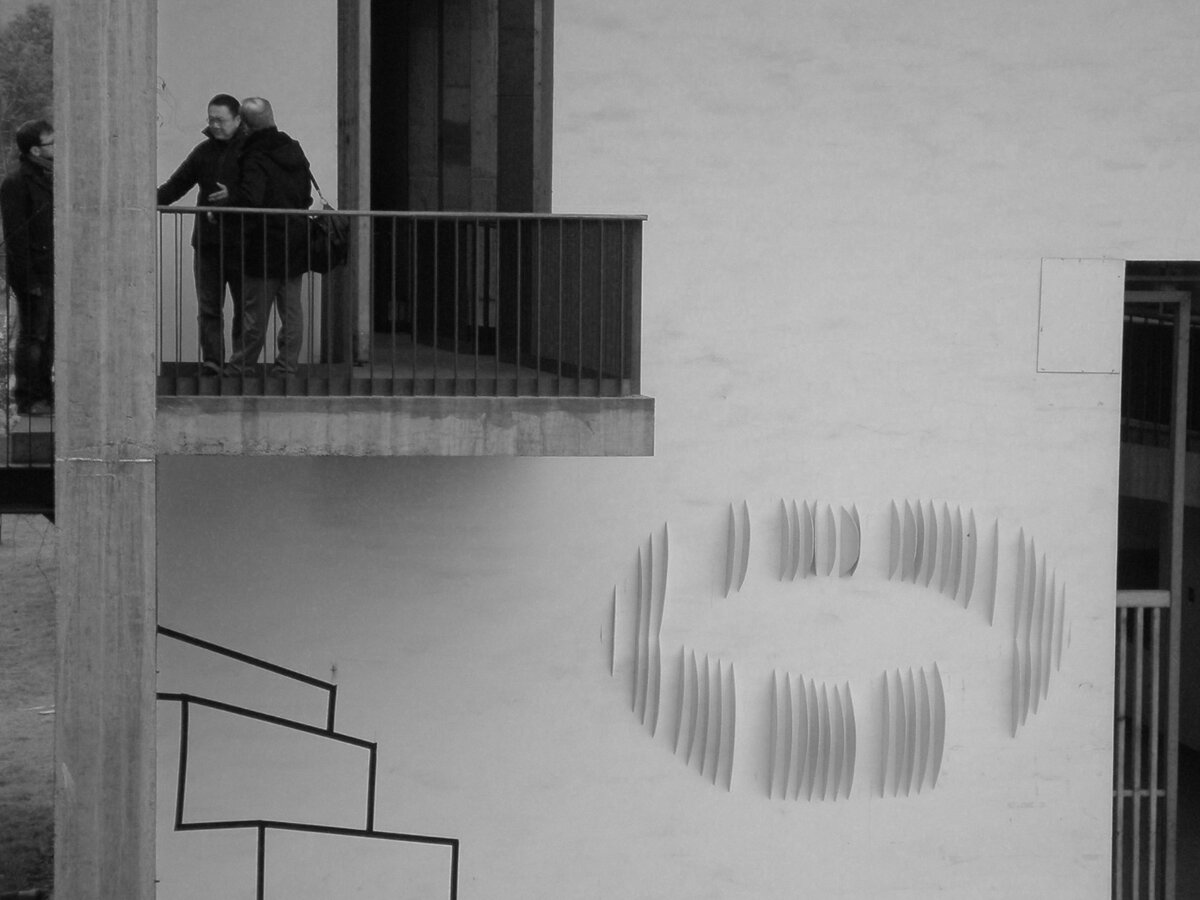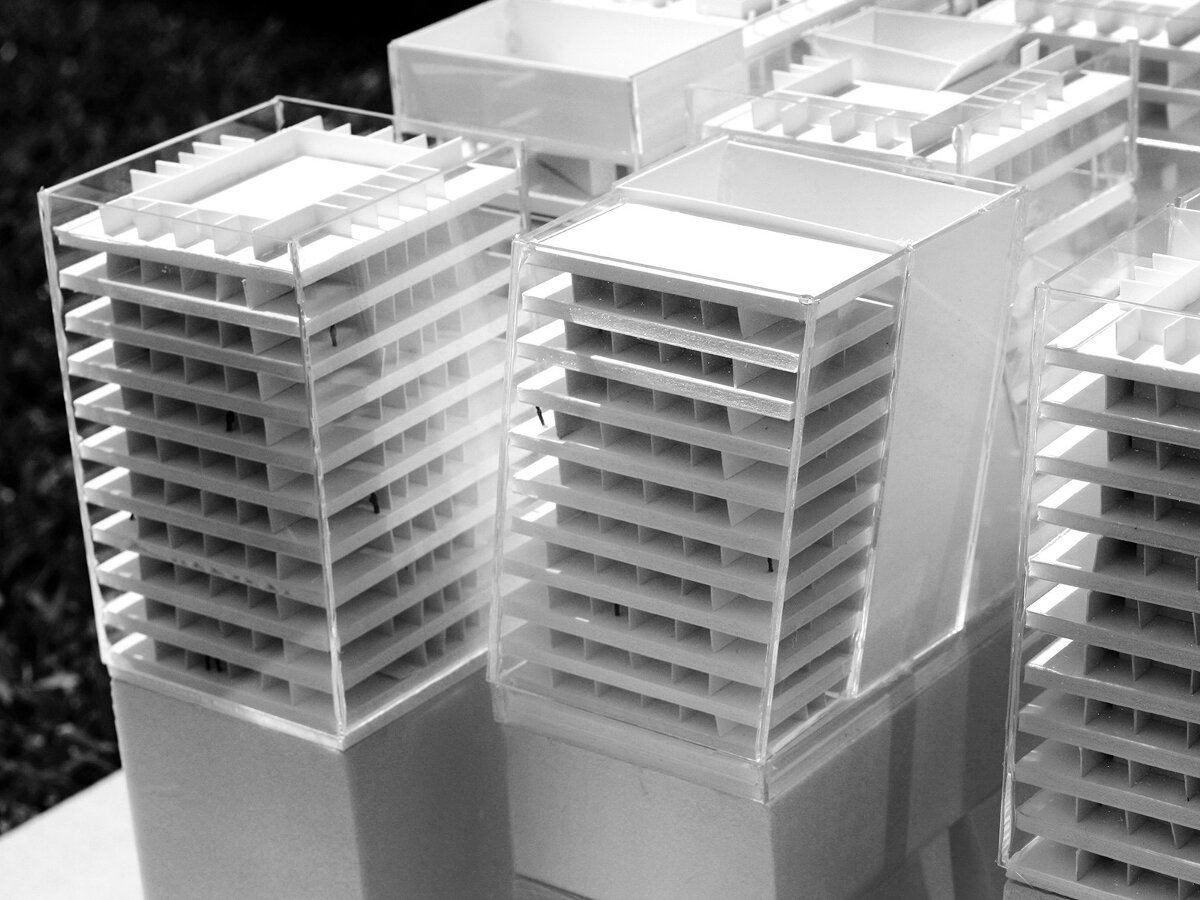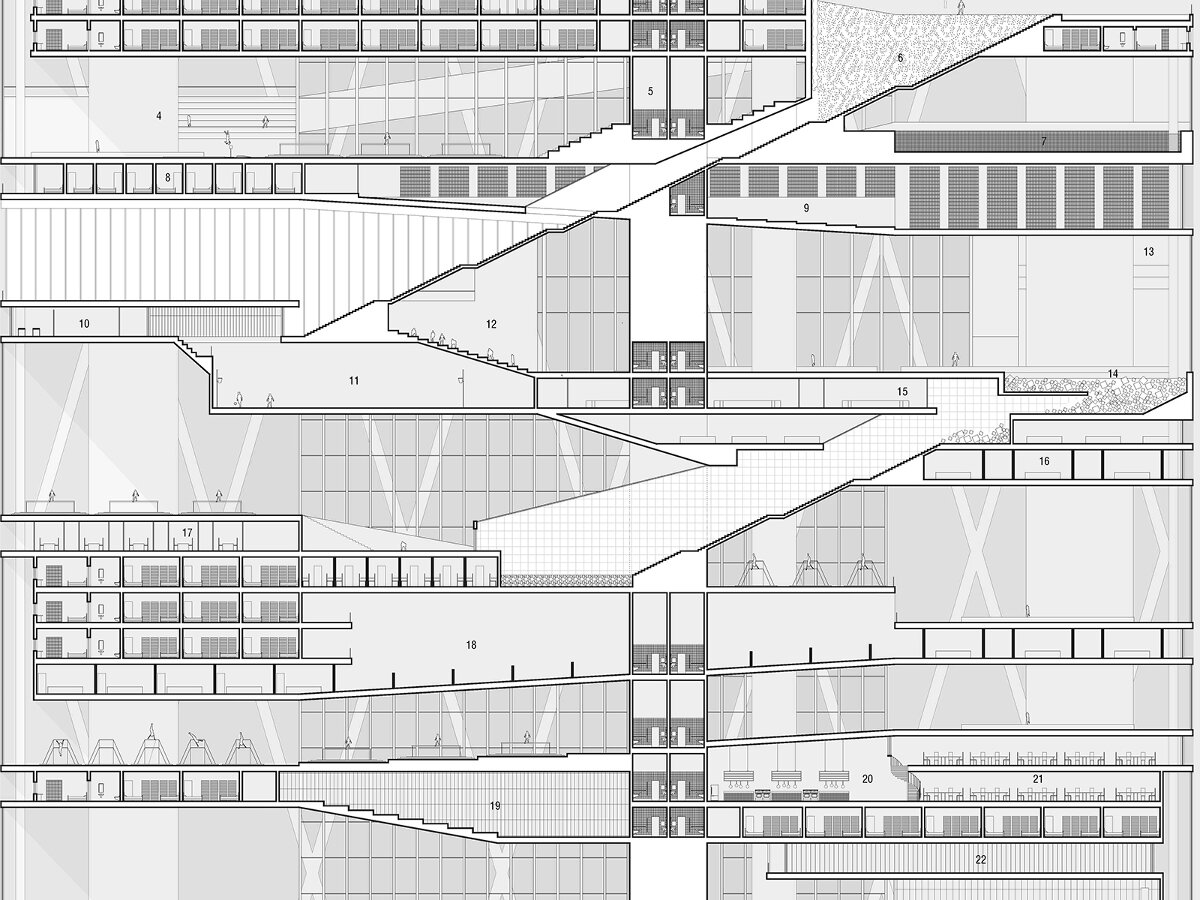
NEW MONUMENTALITIES I
Advanced Design Option Studio, ARC602
(RSA China Traveling Studio)
Rice School of Architecture
Spring 2011
Professor: Martin Hättasch, with assistance from Clover Lee
Enrollment: 8 students (3rd year graduate / 5th year undergraduate)
This semester’s ARCH 602 Option Studio will explore the potentials for new kinds of monumentalities in the context of one of the fastest growing urban agglomerations worldwide - the Yangtze River Delta. The terms put on the table by Giedion, Sert, and Léger in 1943 will serve us as a point of departure, against which we will pitch our crucial questions:
What is the status of the monumental architectural object in the city today - or what could it be?
What is the ‘collective’ today - or what do we envision it to be?
What are the architectural potentials for ‘collective objects’ in the city?
The urban sprawl of American Cities has served as a development model for most contemporary Chinese cities. Due to the increased speed and rate of development in China, the limits of this model have quickly become apparent: exacerbated problems of energy consumption and transportation are starting to force Chinese planners to look for solutions beyond known models. In an attempt to ensure urban sustainability, new building typologies have recently emerged. The RSA China studio investigates, analyzes, and catalogues these typologies and prototypes in the area of the Yangtze River Delta. A 10 day visit to Shanghai enabled students to conduct research on emerging planning strategies that often operate at a scale between architecture and urbanism. Close collaboration with the Tongji University College of Architecture and Urban Planning and developers will gave students access to academic and planning resources. In the semester long studio, research informed students’ design projects that were aimed at creating new strategies for urban living and working environments. Conceived as a ‘city within the city’, these environments recalibrate the balance between private life, work, and cultural activities on the interior, while giving expression to the collective on the exterior.
Student project images: Jonathan Palazzolo [4], Antonia Wai [5]
